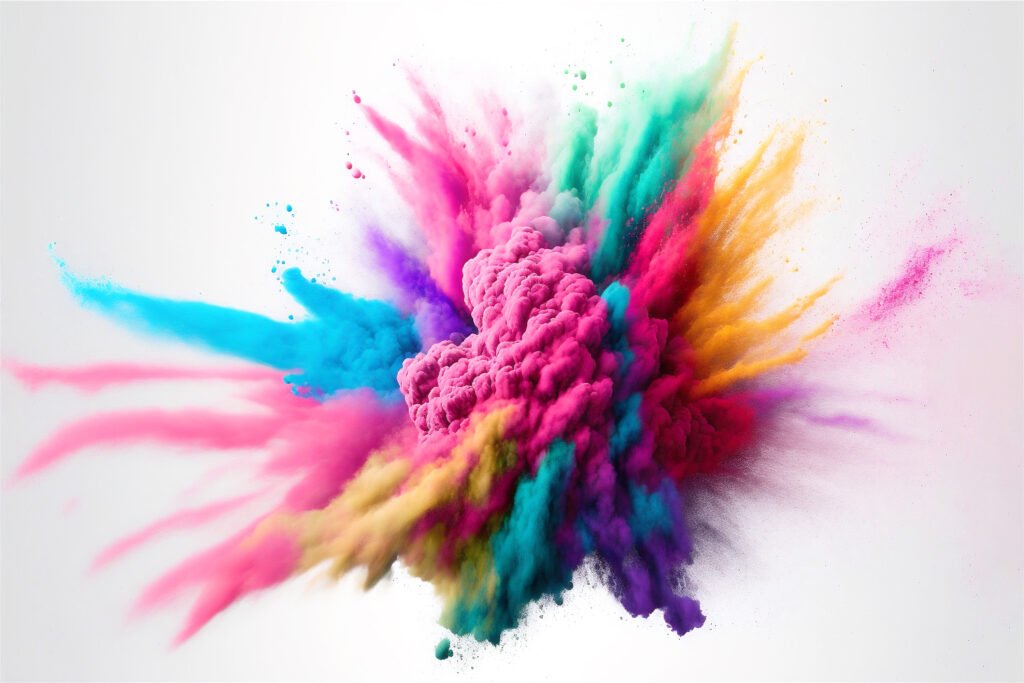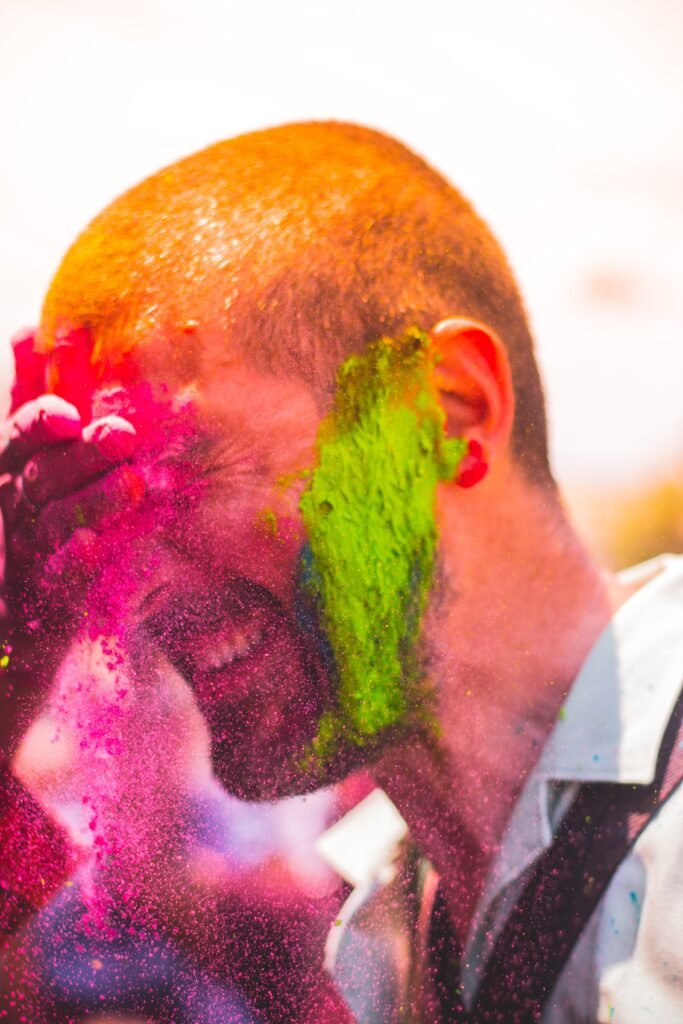Holi, also known as the “Festival of Colors,” is one of the most popular Hindu festivals celebrated in India and around the world. The festival signifies the victory of good over evil and the arrival of spring. Holi is celebrated with great enthusiasm and joy in different parts of India and is known for its colorful and lively nature.

The origins of Holi can be traced back to Hindu mythology and ancient Indian history. The festival has a rich historical significance that is deeply rooted in Indian culture and tradition. In this article, we will explore the historical significance of Holi and its importance in Indian society.
The Legend of Prahlada and Hiranyakashipu
One of the most popular legends associated with Holi is the story of Prahlada and Hiranyakashipu. According to Hindu mythology, Hiranyakashipu was a powerful demon king who was granted a boon that made him invincible. He became arrogant and declared himself to be the god of the universe. He ordered everyone to worship him and punished those who disobeyed him.
However, his own son Prahlada was a devoted follower of Lord Vishnu, a Hindu god. Hiranyakashipu was enraged by his son’s devotion and tried to kill him several times. He even ordered his sister, Holika, to burn Prahlada alive in a fire, but Lord Vishnu intervened and saved him. Holika was burnt to ashes instead, and this event is celebrated as Holika Dahan or Chhoti Holi.
Finally, Lord Vishnu appeared in the form of Narasimha, half-man, half-lion, and killed Hiranyakashipu. This victory of good over evil is celebrated as Holi, and people throw colors and celebrate with joy and enthusiasm.
The Legend of Krishna and Radha
Another popular legend associated with Holi is the story of Lord Krishna and Radha. According to Hindu mythology, Lord Krishna, the eighth avatar of Lord Vishnu, was known for his playful and mischievous nature. He was in love with Radha, a beautiful and charming cowherd girl.
Lord Krishna was jealous of Radha’s fair complexion and asked his mother why he was so dark. His mother told him to apply color on Radha’s face and see how her complexion changed. Lord Krishna followed his mother’s advice and applied color on Radha’s face. This event is celebrated as the playful and colorful nature of Holi.
The Importance of Holi in Indian Society

Holi is more than just a festival of colors in Indian society. It is a time for people to come together and celebrate the spirit of unity and harmony. Holi breaks down social barriers and brings people from all walks of life together. It is a time when people forget their differences and celebrate together.
Holi is also a time for forgiveness and new beginnings. People forgive and forget past grievances and start afresh. It is a time for people to let go of negative emotions and embrace positivity and happiness.
Holi is also an important agricultural festival in India. It marks the arrival of spring and the end of winter. It is a time when farmers celebrate the new harvest and offer thanks to the gods for their blessings.
In recent years, Holi has gained popularity around the world. It is celebrated in many countries, including the United States, Canada, and the United Kingdom. The festival is a celebration of diversity and multiculturalism and brings people from different cultures together.
Final Words
Holi is a festival that has a rich historical significance in Indian culture and tradition. It celebrates the victory of good over evil, the arrival of spring, and the spirit of unity and harmony. Holi is a time for people to come together and celebrate with joy and enthusiasm. It is a festival that is deeply embedded in Indian society and has a significant impact on people’s lives. It is a time for people to let go of negative emotions, forgive past grievances, and start afresh.
The festival is also an important agricultural festival in India, and farmers celebrate the new harvest and offer thanks to the gods for their blessings. Holi has also gained popularity around the world and has become a celebration of diversity and multiculturalism. It is a time for people from different cultures to come together and celebrate with joy and enthusiasm.
However, it is important to note that the excessive use of chemical colors and water during Holi has harmful effects on the environment and can cause serious health issues. It is essential to celebrate Holi in a safe and responsible manner, using natural and eco-friendly colors and conserving water.
In conclusion, Holi is a festival of colors, unity, and harmony. It has a rich historical significance in Indian culture and tradition and is celebrated with joy and enthusiasm around the world. Holi is a reminder of the victory of good over evil, forgiveness, and the spirit of togetherness. It is an occasion to celebrate life and embrace positivity and happiness.





